The Most Beautiful Botanical Gardens in the U.S.
Stop and smell the roses at these gorgeous gardens.
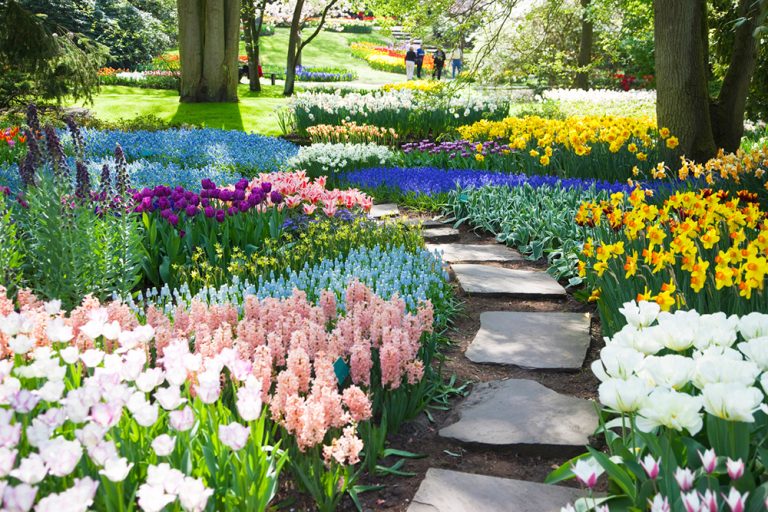
Did you grow up with a backyard full of flowers and realize that now the cost of living may make a big backyard beyond possibilities? Can you tell the difference between a dandelion, poison ivy and a rose plant, or did you spend your childhood afternoons on computer games? Whether you are a gardening aficionado or black thumb neophyte, you cannot help but get taken away by some of our country’s best botanical gardens. An afternoon in a botanical garden will send troubles aside for the wellness generation.
Since the days of Aristotle, man has identified a connection between nature and physical and mental health. So if you can’t have a garden, be a part of the new flora-tourism trend. Immerse yourself in a tropical oasis, imbibe in sustainable cocktails or meditate amongst the ferns at one of the many US Botanical Gardens.

In This Article
1. St Louis Botanical Garden
St. Louis, MO
Escape the urban jungle and visit The St Louis Botanical Gardens. When the St. Louis hot sticky summers are more than you can bear, retreat to the Climatron, considered one of the top 100 most significant achievements in US architectural history. Without any internal support, this climate-controlled geodesic dome focuses on diversity and ecology. It fully immerses visitors into a tropical oasis with waterfalls, a native hut, rocky cliffs and over 2,800 plants. Then continue to the children’s garden and take time to peruse the events calendar for events such as “Adventures with Cocktails, the Garden Gallop and the Green Living Festival.
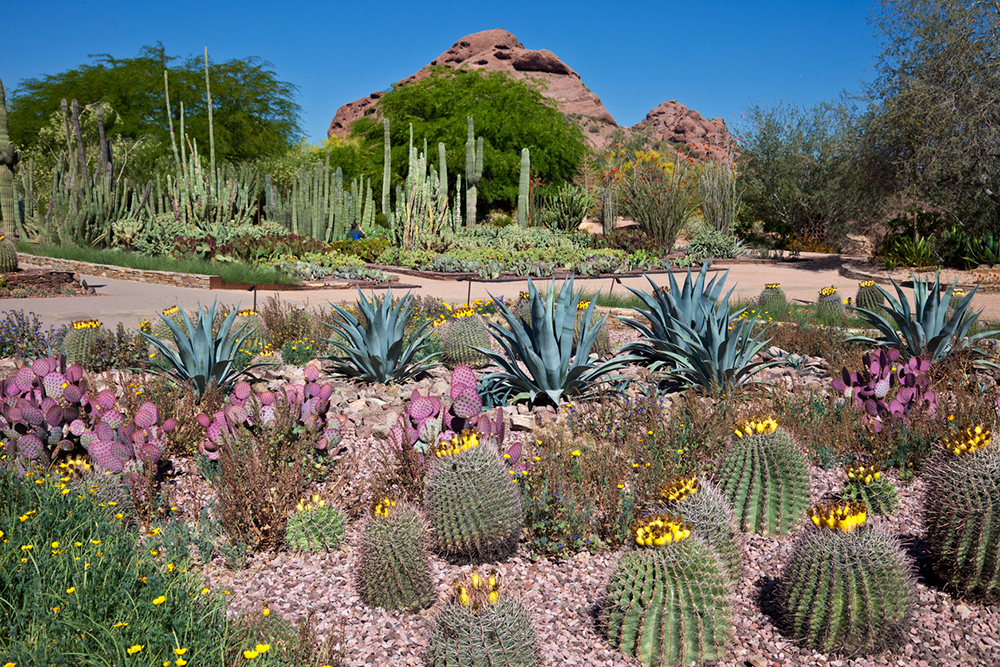
2. The Desert Botanical Garden
Phoenix, AZ
If you thought of a desert as a hot, sweaty nightmare with tarantulas, scorpions and black widow spiders, this 140-acre garden would forever change your outlook. Here you can learn about how diverse plants and animals have adapted to survive with minimal water. If you are craving health-giving vitamin D and an escape from the Phoenix humidity, go during the day to see succulents, giant cacti, century plants, an agave collection and wildflowers. However, since so many desert animals are nocturnal, you might opt for a post-sunset self-guided tour with flashlights. Be sure to check the events calendar for classes in nature, art, photography, health and wellness, open-air acoustic concerts and the luminarias festival, which all take place at the Desert Botanical Garden.
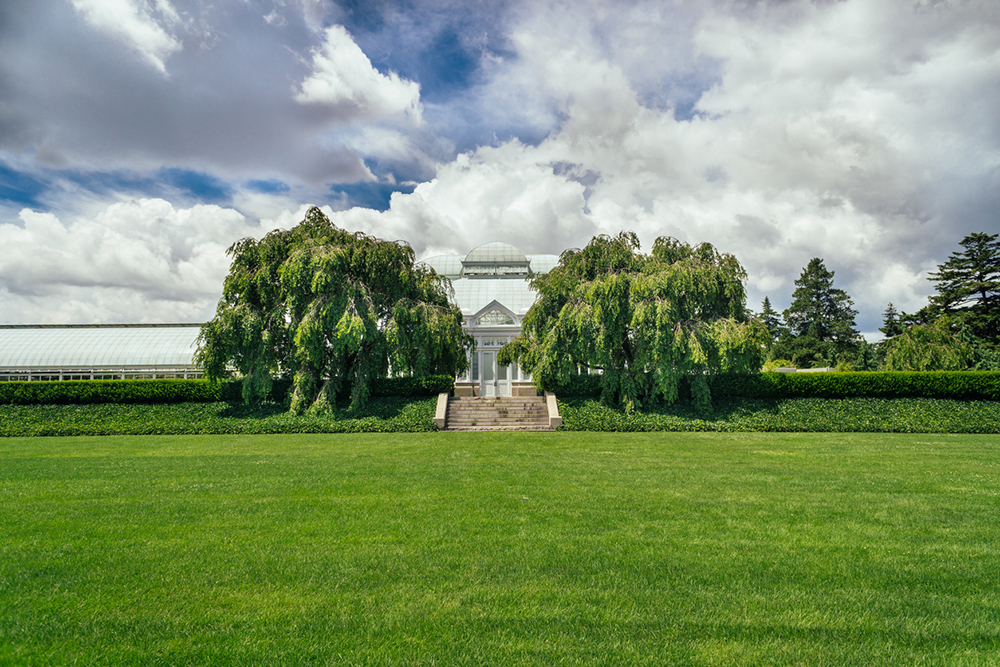
3. The New York Botanical Garden
Bronx, NY
Once you enter the New York Botanical Garden, you will find it hard to believe this oasis is in the midst of the Bronx. You leave the fast-paced world behind as you pass alpine rock gardens, a cascade waterfall, and a 50 acres tract of never logged forest. You can’t help but feel gratitude for the open outdoor space. The NYBG, an educational institution, offers over 100 classes and has over a million visitors each year. Events range from edible plant workshops, collector plant sales, orchid shows, eco-quest challenges, evenings of opera and more. It is suitable for all ages and even offers a tram for those not wanting to walk.
Make sure to visit the iconic Haupt Conservatory, a glasshouse built-in 1902 which requires restoration approximately every 20 years and has a collection of palms from around the world. During the summer months, lotuses and water lilies decorate the adjacent pools. The only drawback about NYBG: it is hard to leave.
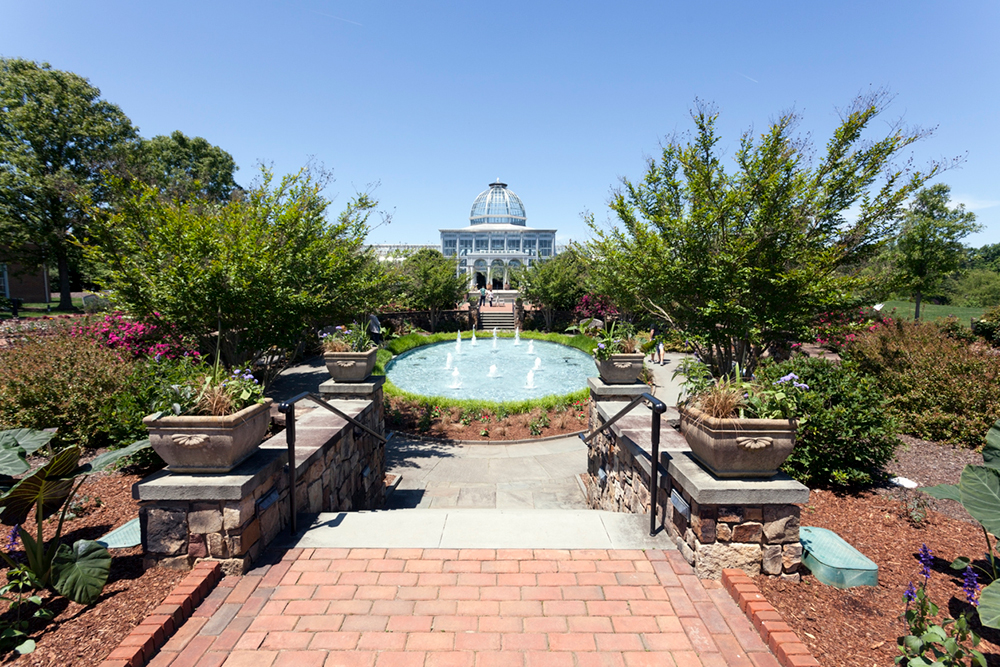
4. The Lewis Ginter Botanical Garden
Near Richmond, VA
At one time a hunting ground for the Powhatan people, the Lewis Ginter Botanical Garden, only a short distance from Richmond, Virginia, offers over 50 acres of gardens. Visitors can drift amongst various plant groupings: a children’s garden, a rose garden, a cherry tree walk, a community kitchen garden and a woodland walk. The botanical garden even offers “Fidos after 5,” where pet lovers can bring their leashed doggie friends. Activities to watch out for: the Butterflies LIVE! opening weekend celebrations, a Dominion Energy GardenFest of Light and a landscape design symposium.
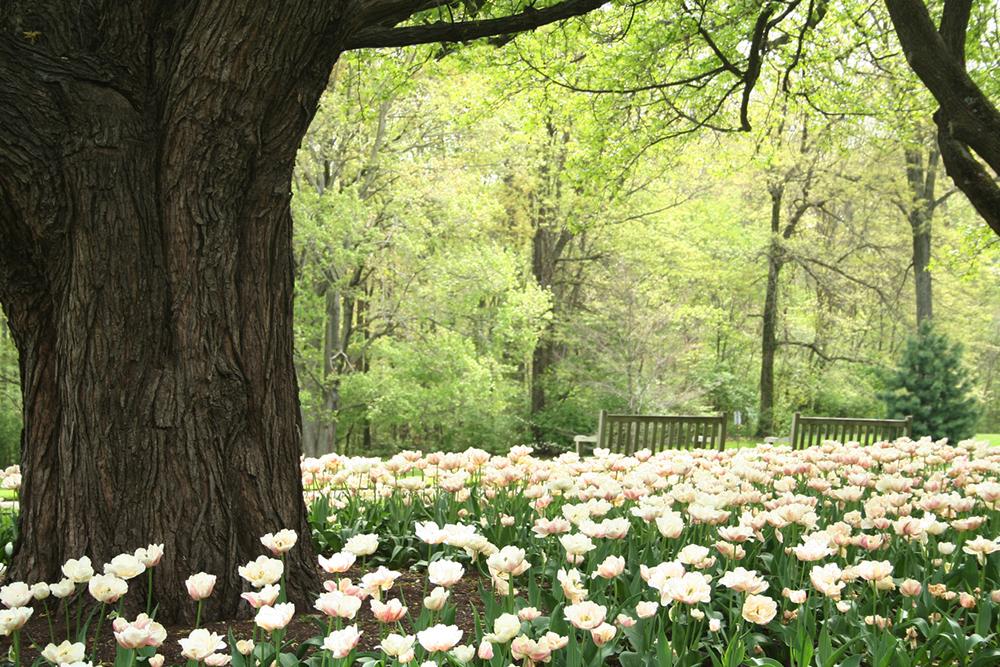
5. Franklin Park Conservatory and Botanical Gardens
Columbus, OH
While some botanical garden visits can inspire one to sit in lotus and contemplate the world or wax poetic in a journal, others add to their calming and inspiring sights with experiential learning. The Franklin Park Conservatory and Botanical Gardens in Columbus, Ohio, in addition to rainforest and desert habitats and a wide array of colorful blooms, offers great opportunities to learn, play, shop and even party. You can create needle-felted bonsai, buy fresh veggies at the Farmers Market, learn to cook lemongrass chicken at the Sustainable Kitchen or imbibe in Cocktails in the Garden. Visit the Hot Shop, a glassblowing pavilion, where local professional gaffers demonstrate and explain the glassblowing process. You can even take a class!
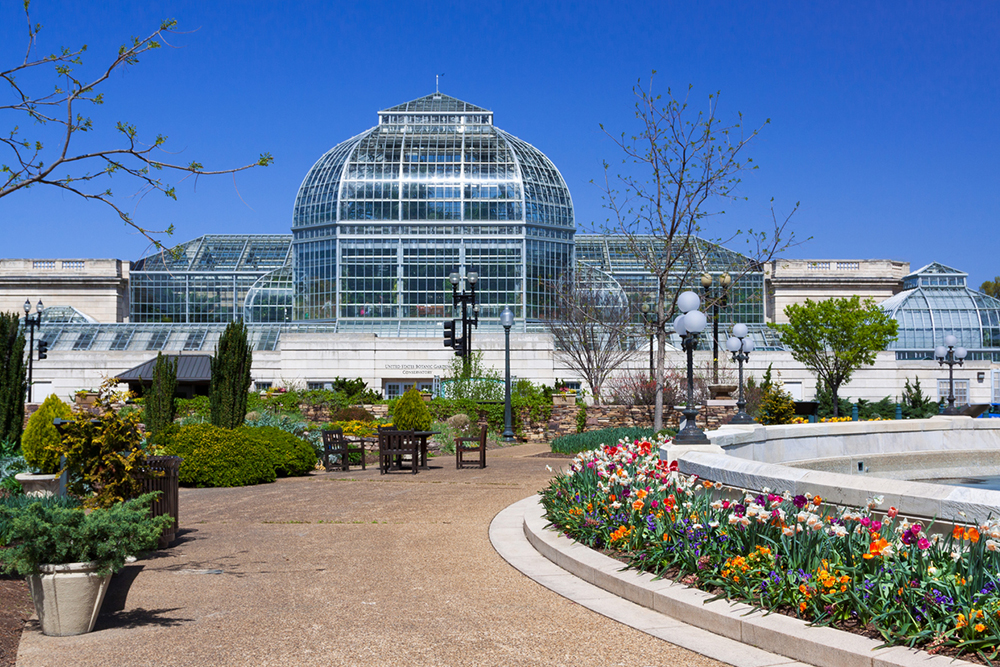
6. United States Botanical Garden
Washington, D.C.
American history students traditionally think of the earliest presidents as the drafters of the Constitution, but few know that the presidents were obsessed with gardens. George Washington may not have chopped down a cherry tree, but he did design the landscape of Mount Vernon with fruit trees, a kitchen garden and a greenhouse for rare and exotic species. John Adams, the second President and a farmer at heart, instituted the first vegetable garden at the White House and developed an interest in exotic plants. Thomas Jefferson, known as America’s Patron Saint of Gardening, wrote a book, The Horticulture Diary, discussing gardening techniques and philosophies. It’s hardly surprising that with this consistent history of presidential passion for gardening, our nation’s capital became home to botanical gardens in the early 1800s. Make sure to check out the myriad of illicit drugs- many of which were smuggled in for the black market, the orchid house and the rare and endangered species. The garden is the oldest continuously operating botanic garden and is free and open on all days, including federal holidays.
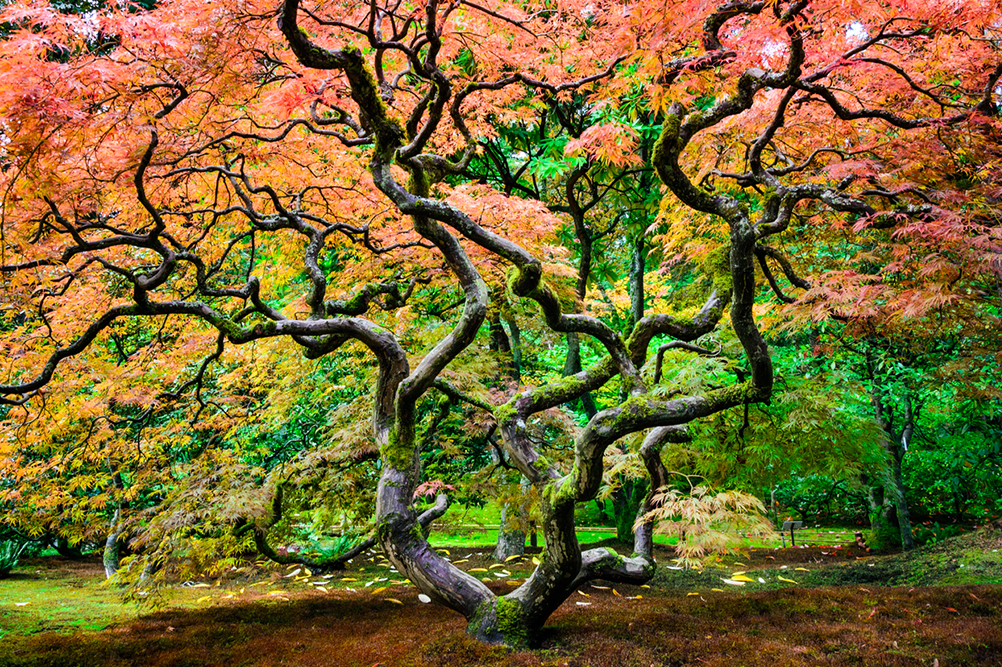
7. Washington Park Arboretum
Seattle, WA
If you already love the Pacific Northwest for its rugged coastline, undulating dunes and fantastic mountains, the Washington Park Arboretum will only add to your delight. Located on the shores of Lake Washington in Seattle, the botanical garden boasts a phenomenal winter garden, oaks, maples, birches, magnolias, ashes, walnuts and camellias. You roam freely for hours on wooded paths or join one of the free guided tours. Make sure to check out medicinal plants and witch hazel or participate in Forest Bathing, a decades-old Japanese therapeutic practice in which one walks slowly to take in the air and scenery. Many claim it lowers blood pressure, boosts the immune system and reduces stress. How can you go wrong? The park arboretum also deserves kudos for its efforts to reach underrepresented and underserved populations; it now has a BIPOC monthly tour to provide a safe, natural and inspiring space for BIPOC members to meet.
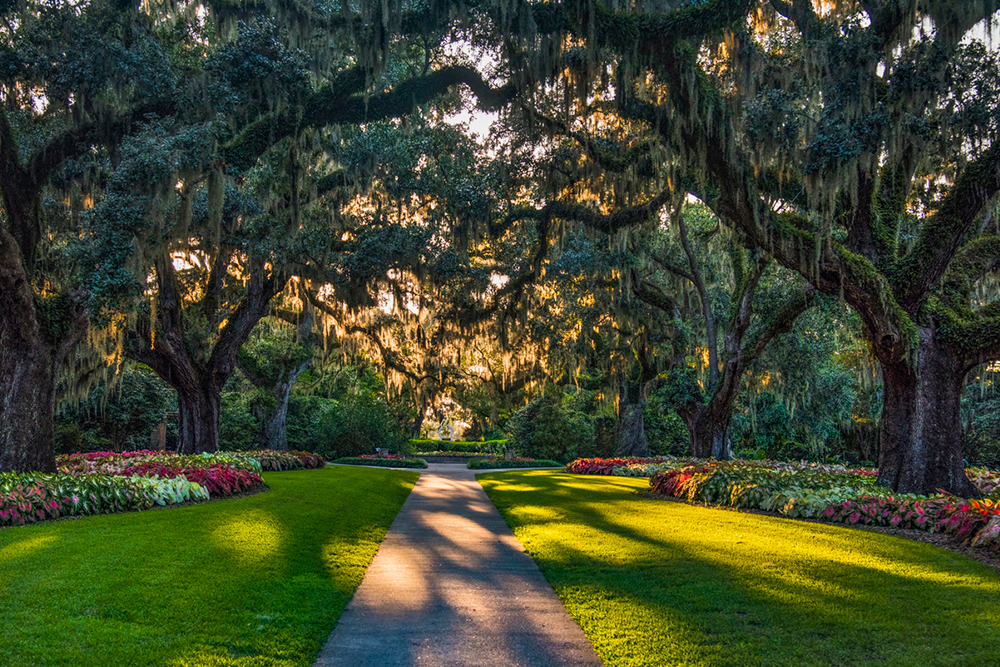
8. Brookgreen Gardens
Near Myrtle Beach, SC
Built on the grounds of former rice plantations, the Brookgreen Gardens offer a wealth of low country history and a visual treat for artists. The Low Country trail takes visitors past educational panels and sculptures of four different participants in the plantation life: enslaver, overseer, enslaved African male and enslaved African female. Each figure provides a separate narrative of a differing perspective on plantation life. While looking at these sculptures, you can’t help but stop and reflect upon our country’s history and progress and errors. The sculpture garden, designated a National Historic Landmark, is the country’s most extensive American figurative garden, with over 1400 pieces. In addition, indoor galleries house smaller sculptures and paintings, many by world-renowned artists. If you can time your visit, know that the garden will host the National Sculpture Society Award Exhibition from August to October 2023.
